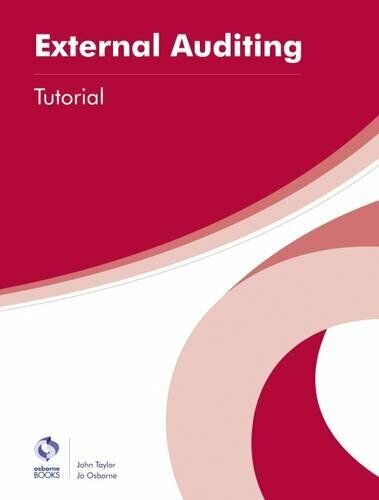Question
Graham Motors manufactures specialty tractors. It has two divisions: a Treactor Division and a Tire Division. The Tractor Division can use the tires produced by
Graham Motors manufactures specialty tractors. It has two divisions: a Treactor Division and a Tire Division. The Tractor Division can use the tires produced by the Tire Division. The market price per tire is $75. The Tire Division has the following costs per tire:
Direct material cost per tire: $15
Conversion costs per tire: $3 (Assume the $3 includes only the variable portion of conversion costs.)
Fixed manufacturing overhead cost for the year is expected to total $116,000. The Tire Division expects to manufacture 58,000 tires this year. The fixed manufacturing overhead per tire is $2 ($116,000 divided by 58,000 tires).
Part 1:
Assume that the Tire Division has excess capacity, meaning that it can produce tires for the Tractor Division without giving up any of its current tire sales to outsiders. If Graham Motors has a negotiated transfer price policy, what is the lowest acceptable transfer price? What is the highest acceptable transfer price?
• The lowest acceptable transfer price is $_______, the Tire Division's ______________.
• The highest acceptable transfer price is $_______, the Tire Division's _____________.
Word Options for Fill in the blank:
direct material cost per tire. market price per tire. total cost per tire. variable cost per tire.
Step by Step Solution
There are 3 Steps involved in it
Step: 1
Given the provided information we can determine the lowest and highest acceptable transfer prices fo...
Get Instant Access to Expert-Tailored Solutions
See step-by-step solutions with expert insights and AI powered tools for academic success
Step: 2

Step: 3

Ace Your Homework with AI
Get the answers you need in no time with our AI-driven, step-by-step assistance
Get Started


